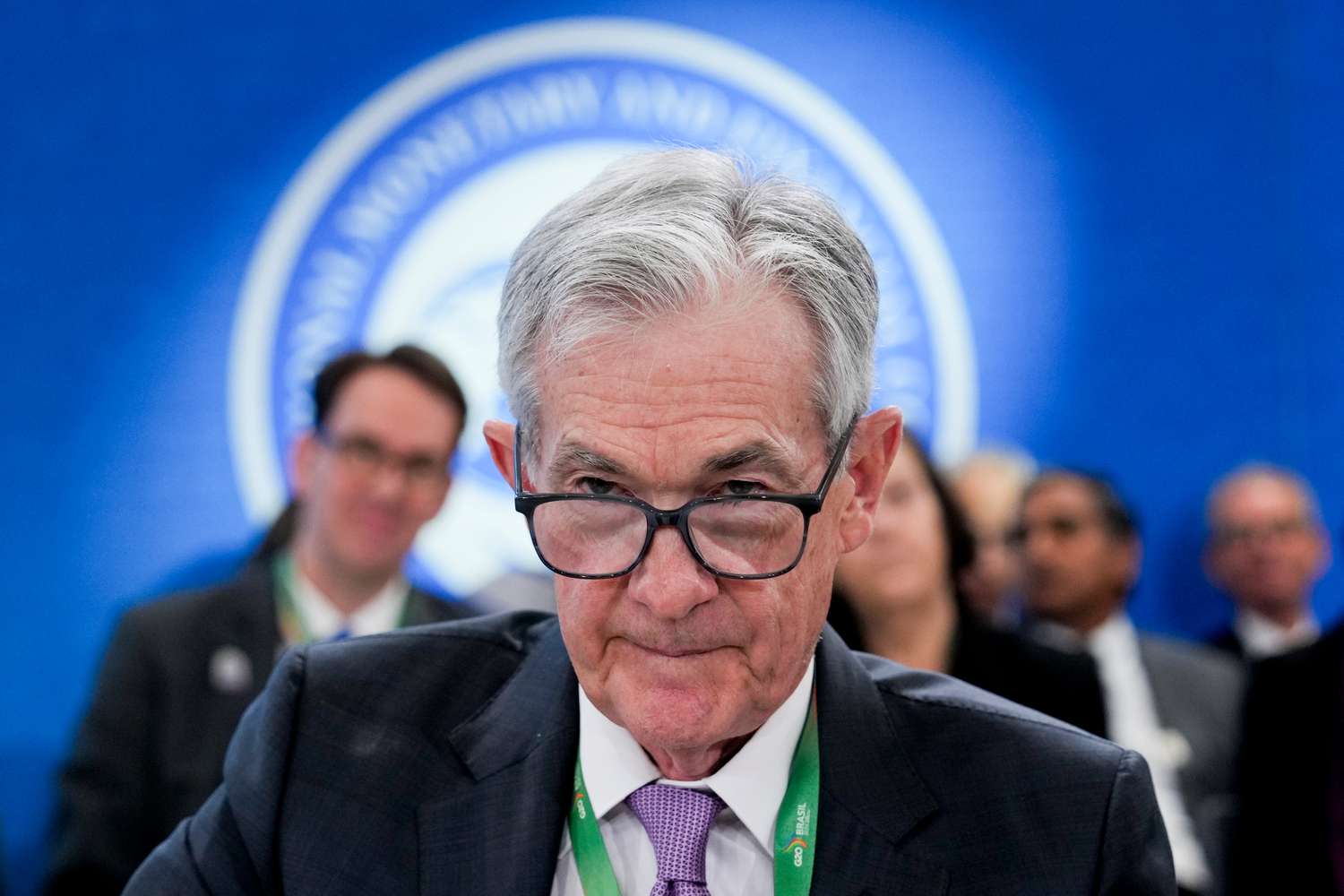
#Federal #Reserve #Cut #Interest #Rates #Week
Key takeaways
- The Federal Reserve is widely expected to cut its key interest rate by a quarter of a percentage point on Thursday, at the conclusion of a two-day Federal Open Market Committee meeting.
- The federal funds rate affects borrowing costs, as a higher interest rate raises interest rates on all types of loans.
- Fed officials have indicated that the central bank will gradually lower its influential interest rate, seeking to encourage spending enough to support the economy but not so much that it triggers a return of inflation.
- Recent data has shown that inflation could be tamed while the labor market weakens, likely encouraging the Fed to stick with gradual interest rate cuts.
The results of the presidential election may be up in the air, but investors and economists are confident about another important decision this week: The Federal Reserve is widely expected to cut its benchmark interest rate.
Financial markets are betting that the Federal Open Market Committee (FOMC), the policymaker, will make a quarter-point cut to the federal funds rate when it meets on Thursday, to a range of 4.5% to 4.75%, according to a European Central Bank report. CME Group’s FedWatch toolwhich predicts price movements based on federal funds futures trading data. In speeches leading up to the “blackout period” beginning on October 26, Fed officials indicated that gradual cuts in interest rates over the next few months were appropriate, and none of the major economic data released since then was surprising enough to change that perception. . Economists say.
The Fed is in the midst of an interest rate-cutting campaign that began in September when the central bank cut the federal funds rate by 50 basis points, or half a percentage point, after keeping it at its highest level in two decades to stifle inflation. The federal funds rate affects borrowing costs on all types of loans: High rates were intended to discourage borrowing and spending. However, now that inflation has fallen back toward the Fed’s target at an annual rate of 2%, policymakers are lowering interest rates to boost the economy by encouraging spending.
The goal of lowering interest rates is to prevent the unemployment rate from rising sharply. Fed officials had previously indicated they expected to cut interest rates by 25 basis points at Thursday’s meeting and again by the same amount in December.
Focus on the Fed statement and Powell’s comments
Recent reports on the health of the economy showed that inflation continues to decline while the labor market remains afloat but weak. Recent jobs data were distorted by the impact of Hurricanes Helen and Milton, which temporarily threw people out of jobs and made it difficult for policymakers to see the longer-term path of the economy.
Economists said the Fed is likely to hold its ground in the absence of any signs that inflation is rebounding (which could put an end to interest rate cuts) or that employers are accelerating layoffs (which could lead to faster rate cuts).
If the Fed’s interest rate move matches expectations, the FOMC’s official statement, as well as Fed Chair Jerome Powell’s post-announcement press conference, will be major newsmakers, possibly shaping expectations for future interest rate cuts. However, these signals may be ambiguous.
“We do not expect significant revisions to the FOMC statement or much guidance on upcoming meetings,” David Merkel, chief U.S. economist at Goldman Sachs, wrote in a commentary.
Elections and the Fed
While the Fed is likely to make a 25 basis point cut in November regardless of who wins Tuesday’s election, the Fed’s future moves could be affected by the political climate once the new president takes office.
Former President Donald Trump suggested exerting more influence over the Fed’s interest rate decisions, perhaps pressuring them to push interest rates lower. On the other hand, economists expect Trump’s economic policies to lead to higher inflation compared to those of Vice President Kamala Harris, which could put pressure on the Federal Reserve to set higher rates.
#Federal #Reserve #Cut #Interest #Rates #Week




